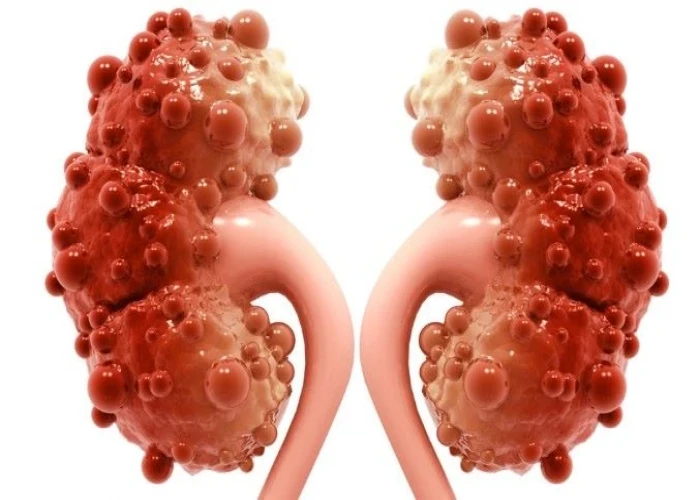 Welcome
Welcome
“May all be happy, may all be healed, may all be at peace and may no one ever suffer."
Polycystic kidney disease
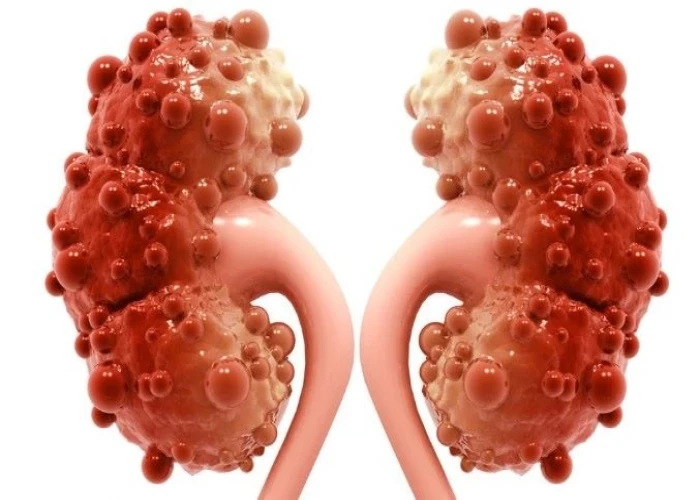
Polycystic kidney disease (PKD) is an inherited disorder that causes numerous cysts to form in the kidneys. These cysts can interfere with the normal functioning of the kidneys, leading to a variety of symptoms and complications.
There are two types of PKD: autosomal dominant PKD (ADPKD) and autosomal recessive PKD (ARPKD). ADPKD is the most common form of PKD and is caused by a genetic mutation that is passed down through families. ARPKD is a rarer form of the disease that typically appears in infancy or early childhood.
Symptoms of PKD can include abdominal pain, high blood pressure, blood in the urine, frequent urination, and urinary tract infections. In some cases, the cysts can grow large enough to cause swelling in the abdomen or other parts of the body.
Treatment for PKD typically involves managing symptoms and complications, such as high blood pressure, infections, and kidney stones. In some cases, surgery may be necessary to remove cysts or to replace damaged kidneys with a kidney transplant.
There is no cure for PKD, but ongoing research is aimed at developing new treatments and therapies to help manage the disease. Genetic testing can help identify individuals who are at risk for PKD, and early diagnosis and treatment can help improve outcomes and quality of life for those affected by the disease.
Research Papers
Disease Signs and Symptoms
- High blood pressure (hypertension)
- Infrequent, irregular or prolonged menstrual cycles are the most common sign of PCOS.
- Urinary tract or kidney infections
- Increased size of your abdomen due to enlarged kidneys
- Kidney infections
- Kidney failure
- Kidney stones
- Headaches
- Enlarged kidneys
- Fullness in abdomen
- Blood in urine (hematuria)
- Back pain
- Fewer than nine periods a year, more than 35 days between periods and abnormally heavy periods.
Disease Causes
Polycystic kidney disease
Abnormal genes cause polycystic kidney disease, which means that in most cases, the disease runs in families. Sometimes, a genetic mutation occurs on its own (spontaneous), so that neither parent has a copy of the mutated gene.
The two main types of polycystic kidney disease, caused by different genetic flaws, are:
- Autosomal dominant polycystic kidney disease (ADPKD). Signs and symptoms of ADPKD often develop between the ages of 30 and 40. In the past, this type was called adult polycystic kidney disease, but children can develop the disorder.
- Only one parent needs to have the disease for it to pass to the children. If one parent has ADPKD, each child has a 50% chance of getting the disease. This form accounts for most of the cases of polycystic kidney disease.
- Autosomal recessive polycystic kidney disease (ARPKD). This type is far less common than is ADPKD. The signs and symptoms often appear shortly after birth. Sometimes, symptoms don't appear until later in childhood or during adolescence.
- Both parents must have abnormal genes to pass on this form of the disease. If both parents carry a gene for this disorder, each child has a 25% chance of getting the disease.
Disease Prevents
Polycystic kidney disease
If you have polycystic kidney disease and you're considering having children, a genetic counselor can help you assess your risk of passing the disease to your offspring.
Keeping your kidneys as healthy as possible may help prevent some of the complications of this disease. One of the most important ways you can protect your kidneys is by managing your blood pressure.
Here are some tips for keeping your blood pressure in check:
- Take the blood pressure medications prescribed by your doctor as directed.
- Eat a low-salt diet containing plenty of fruits, vegetables and whole grains.
- Maintain a healthy weight. Ask your doctor what the right weight is for you.
- If you smoke, quit.
- Exercise regularly. Aim for at least 30 minutes of moderate physical activity most days of the week.
- Limit alcohol use.
Disease Treatments
The severity of polycystic kidney disease varies from person to person — even among members of the same family. Often, people with PKD reach end-stage kidney disease between ages 55 to 65. But some people with PKD have a mild disease and might never progress to end-stage kidney disease.
Treating polycystic kidney disease involves dealing with the following signs, symptoms and complications in their early stages:
- Kidney cyst growth. Tolvaptan therapy may be recommended for adults at risk of rapidly progressive ADPKD. Tolvaptan (Jynarque, Samsca) is a pill that you take by mouth that works to slow the rate of kidney cyst growth and the decline in how well your kidneys work.
- There's a risk of serious liver injury when taking tolvaptan, and it can interact with other medicines you take. It's best to see a doctor who specializes in kidney health (nephrologist) when taking tolvaptan, so that you can be monitored for side effects and possible complications.
- High blood pressure. Controlling high blood pressure can delay the progression of the disease and slow further kidney damage. Combining a low-sodium, low-fat diet that's moderate in protein and calorie content with not smoking, increasing exercise and reducing stress may help control high blood pressure.
- However, medications are usually needed to control high blood pressure. Medications called angiotensin-converting enzyme (ACE) inhibitors or angiotensin II receptor blockers (ARBs) are often used to control high blood pressure.
- Declining kidney function. To help your kidneys stay as healthy as possible for as long as possible, experts recommend maintaining a normal body weight (body mass index). Drinking water and fluids throughout the day may help slow the growth of kidney cysts, which in turn could slow down a decline in kidney function. Following a low-salt diet and eating less protein might allow kidney cysts to respond better to the increase in fluids.
- Pain. You might be able to control the pain of polycystic kidney disease with over-the-counter medications containing acetaminophen. For some people, however, the pain is more severe and constant. Your doctor might recommend a procedure using a needle to draw out cyst fluid and inject a medication (sclerosing agent) to shrink kidney cysts. Or you may need surgery to remove cysts if they're large enough to cause pressure and pain.
- Bladder or kidney infections. Prompt treatment of infections with antibiotics is necessary to prevent kidney damage. Your doctor may investigate whether you have a simple bladder infection or a more complicated cyst or kidney infection. For more complicated infections, you may need to take a longer course of antibiotics.
- Blood in the urine. You'll need to drink lots of fluids, preferably plain water, as soon as you notice blood in your urine to dilute the urine. Dilution might help prevent obstructive clots from forming in your urinary tract. In most cases, the bleeding will stop on its own. If it doesn't, it's important to contact your doctor.
- Kidney failure. If your kidneys lose their ability to remove waste products and extra fluids from your blood, you'll eventually need either dialysis or a kidney transplant. Seeing your doctor regularly for monitoring of PKD allows for the best timing of a kidney transplant. You may be able to have a preemptive kidney transplant, which means you wouldn't need to start dialysis but would have the transplant instead.
- Aneurysms. If you have polycystic kidney disease and a family history of ruptured brain (intracranial) aneurysms, your doctor may recommend regular screening for intracranial aneurysms.
- If an aneurysm is discovered, surgical clipping of the aneurysm to reduce the risk of bleeding may be an option, depending on its size. Nonsurgical treatment of small aneurysms may involve controlling high blood pressure and high blood cholesterol, as well as quitting smoking.
Early treatment offers the best chance of slowing polycystic kidney disease progression.
Disease Diagnoses
Disease Allopathic Generics
Disease Ayurvedic Generics
Disease Homeopathic Generics
Disease yoga
Polycystic kidney disease and Learn More about Diseases
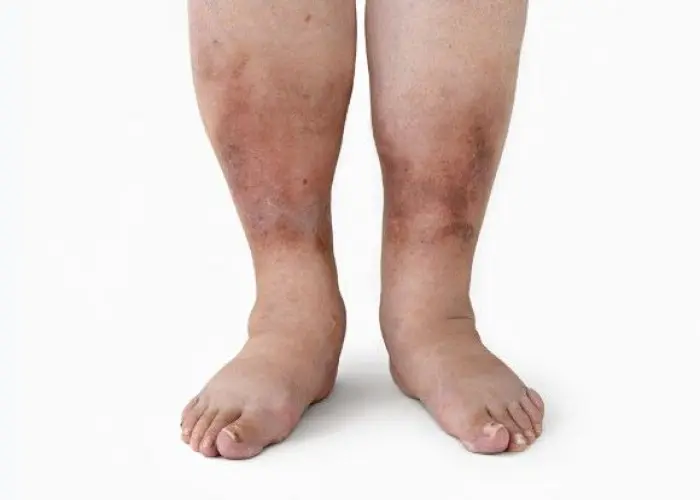
Diabetic nephropathy
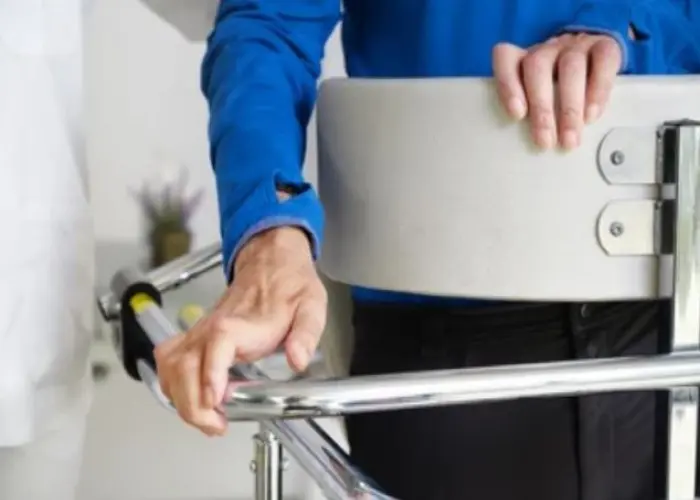
Amyotrophic lateral sclerosis (ALS)
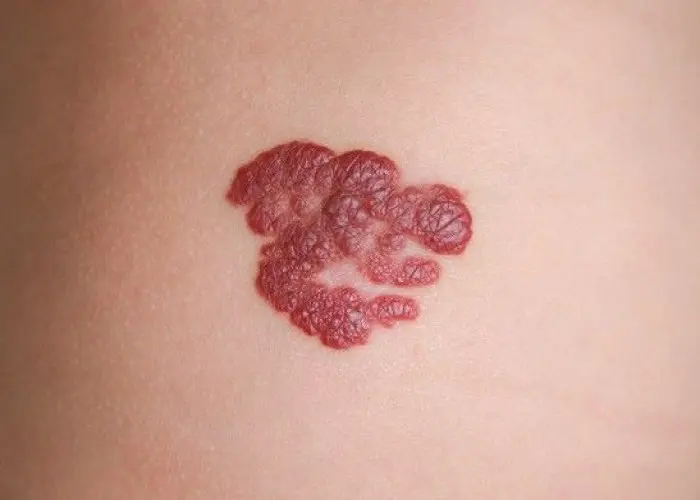
Hemangioma
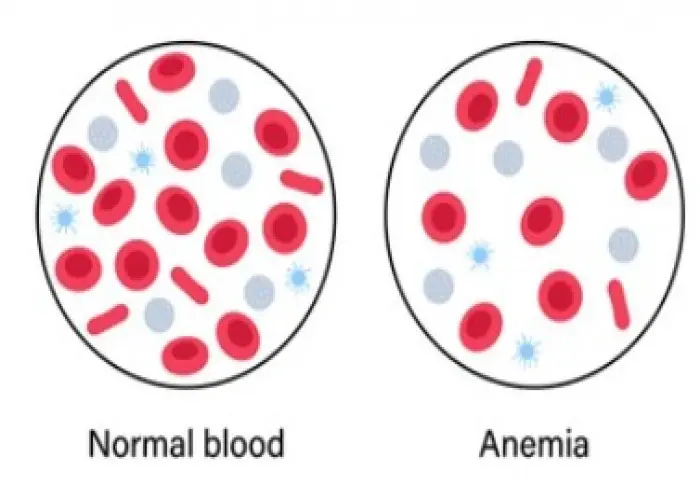
Anemia

Merkel cell carcinoma

Seizures
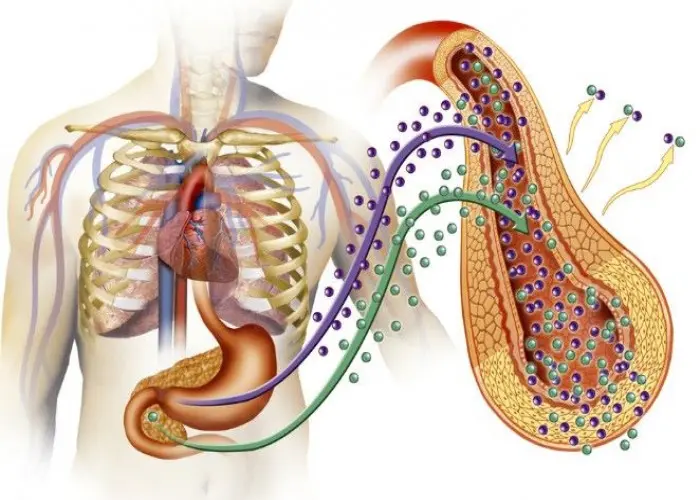
Diabetic hyperosmolar syndrome
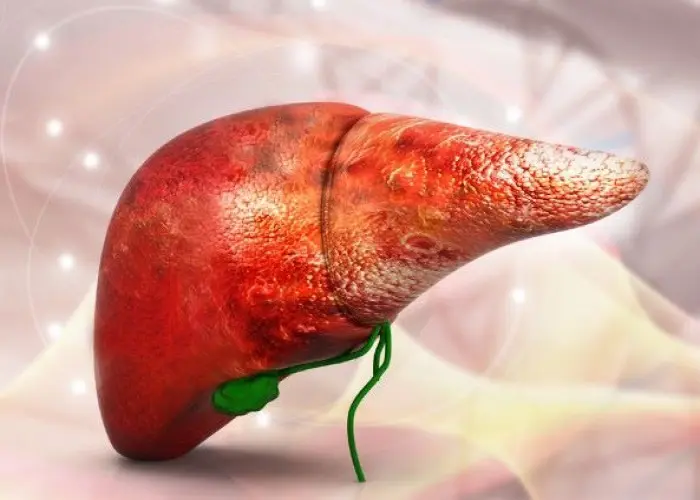
Enlarged liver
polycystic kidney disease, পলিসিস্টিক কিডনি রোগ
To be happy, beautiful, healthy, wealthy, hale and long-lived stay with DM3S.
